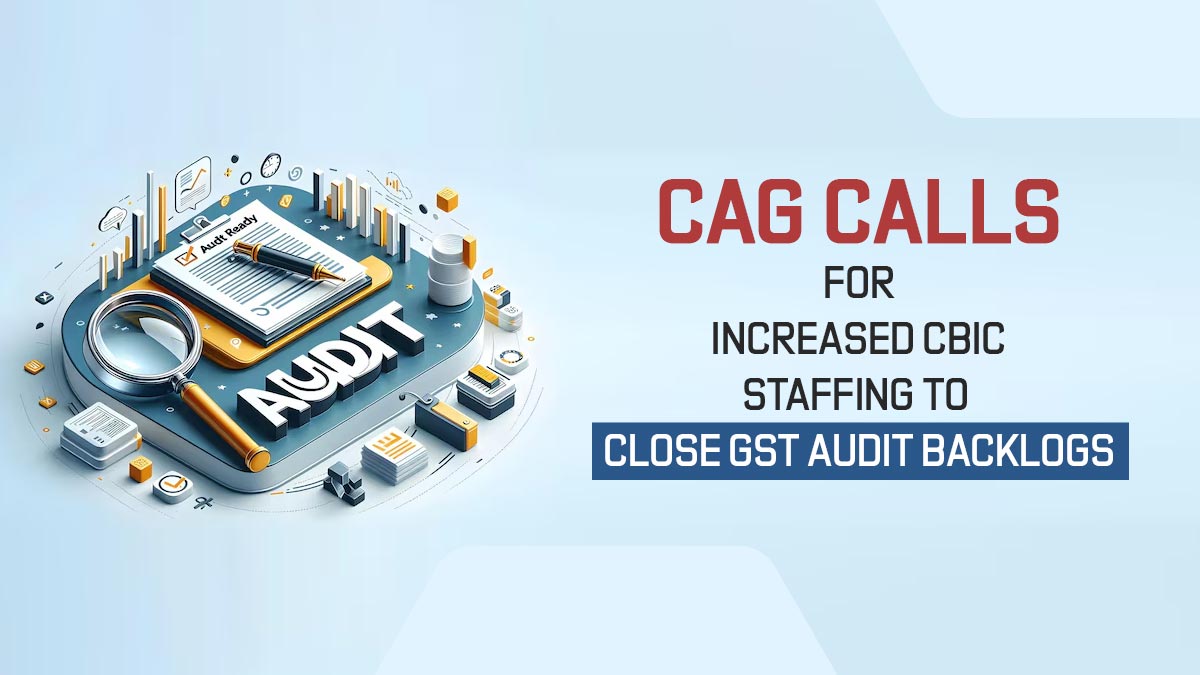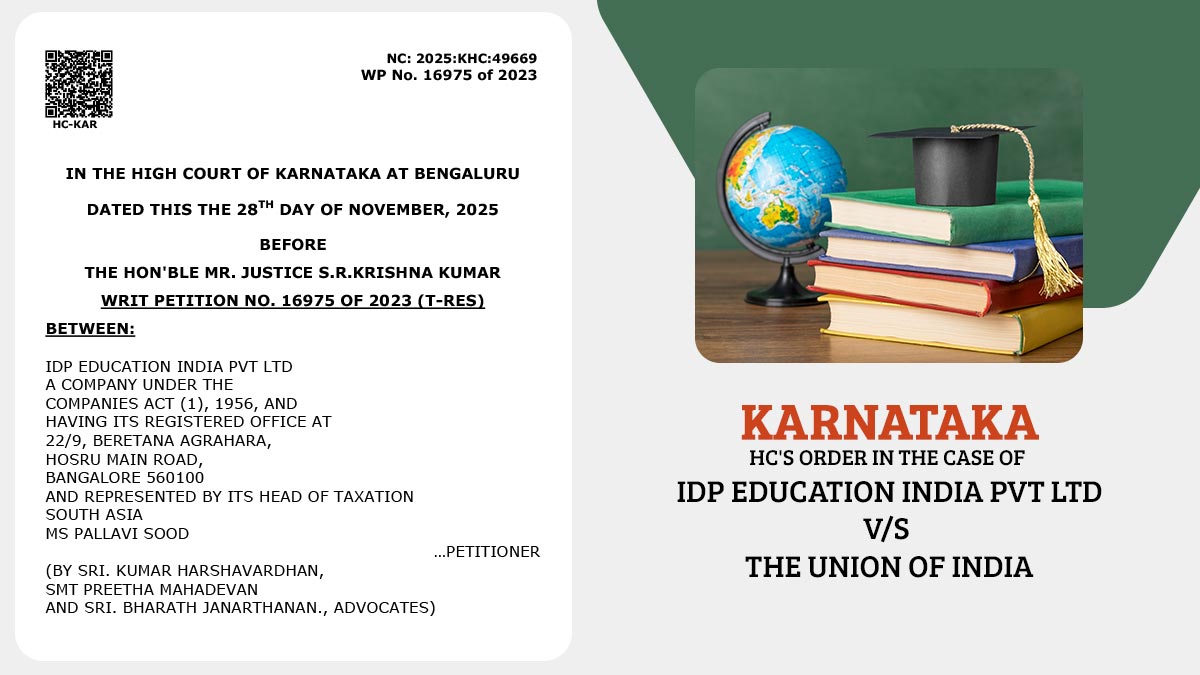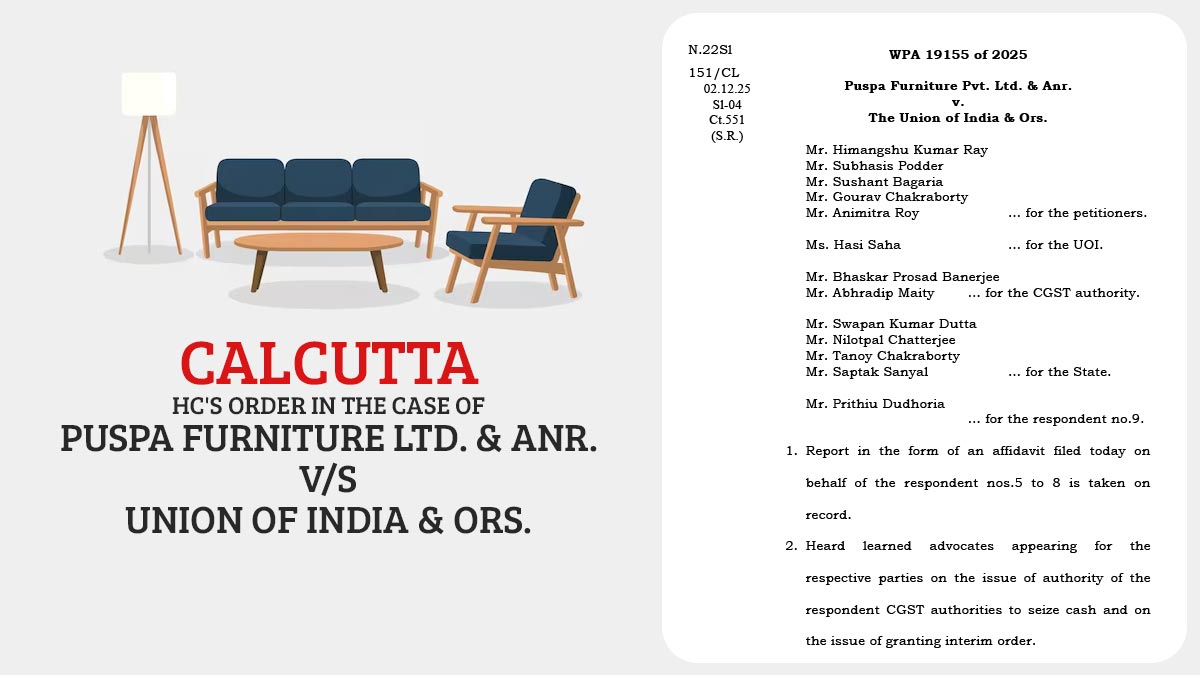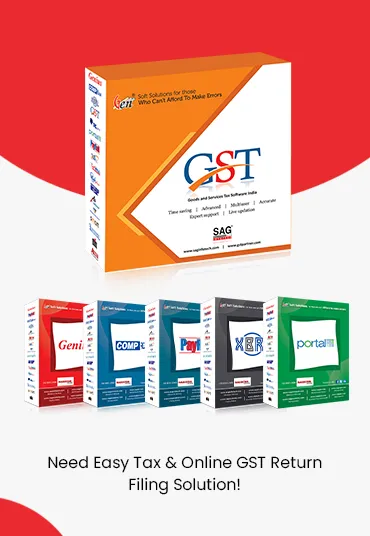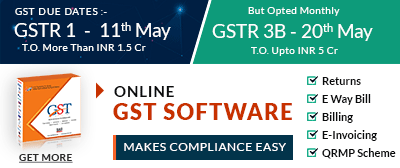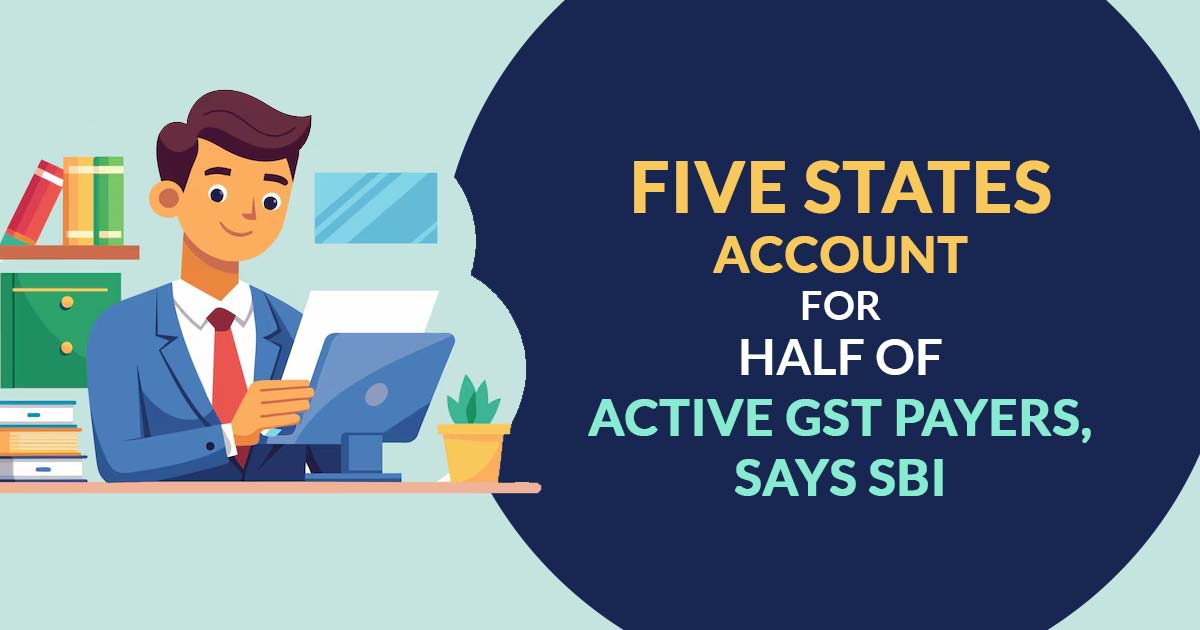
As the Goods and Services Tax (GST) completes eight years since its introduction, a report by SBI Research states that only five states account for nearly 50% of all active GST taxpayers in India.
It specifies that only some of the states are where most of the tax is collected. Also, it is expected from the other states to show some improvement.
It cited that “Top 5 states accounted for approximately. 50 per cent of the total Active GST Tax Payers”
Uttar Pradesh, Maharashtra, Gujarat, Tamil Nadu, and Karnataka are the five states leading in GST taxpayer registrations.
Among these, Uttar Pradesh state tops the list, which contributes 13.2 per cent of all active GST taxpayers in the country. It is followed by Maharashtra at 12.1 per cent, Gujarat at 8.4 per cent, Tamil Nadu at 7.7 per cent, and Karnataka at 6.9 per cent.
Also, these states have the largest number of taxpayers than others. Under the report, it is marked that certain economically stronger states are not performing well in GST participation when compared to their share in the overall Gross State Domestic Product (GSDP).
These consist of Telangana, Tamil Nadu, Kerala, Andhra Pradesh, and Karnataka, which have a lower share of active GST taxpayers than their contribution to the national GSDP. It shows a gap in formalisation and specifies untapped potential for GST expansion in these states.
Read Also: GST Applicable on Taxable Turnover Regardless of Payment Mode, Clarifies Karnataka Tax Department
There is a reverse trend in states like Uttar Pradesh, Bihar, and Gujarat. Their share in total GST registrations is more than their share in GSDP, proposing greater formalisation and enhanced tax compliance.
For instance, the state of Bihar, even after having only a 2.8% share in the national GSDP it contributes 4.3 per cent of total GST taxpayers.
Under the reports, states such as Uttarakhand, Chhattisgarh, Jammu & Kashmir, and Himachal Pradesh contribute very little to the total GST taxpayer base, with each accounting for 1.4 per cent or less.
With the completion of 8 years of the GST since its inception, the data specifies that while progress has been made in expanding the tax base, a large opportunity is still there, especially in wealthier and more industrialised states.
The insight can navigate future policy efforts aimed at raising formalisation and enhancing GST compliance in all regions.





